🤩 Estão Preparados Para Mais Um Eclipse Lunar?!
🤩 Estão preparados para mais um eclipse lunar?!

More Posts from Carlosalberthreis and Others
What’s Up for June 2017?
Have a planet party and compare Saturn and Jupiter! We’ll show you where and when to point your telescope or binoculars to see these planets and their largest moons.

Meet at midnight to have a planetary party when Jupiter and Saturn are visible at the same time!

The best time will be after midnight on June 17. To see the best details, you’ll need a telescope.

Saturn will be at opposition on June 14, when Saturn, the Earth and the sun are in a straight line.

Opposition provides the best views of Saturn and several of its brightest moons. At the very least, you should be able to see Saturn’s moon Titan, which is larger and brighter than Earth’s moon.

As mentioned earlier, you’ll be able to see Jupiter and Saturn in the night sky this month. Through a telescope, you’ll be able to see the cloud bands on both planets. Saturn’s cloud bands are fainter than those on Jupiter.

You’ll also have a great view of Saturn’s Cassini Division, discovered by astronomer Giovanni Cassini in 1675, namesake of our Cassini spacecraft.

Our Cassini spacecraft has been orbiting the planet since 2004 and is on a trajectory that will ultimately plunge it into Saturn’s atmosphere on September 15, 2017, bringing the mission to a close.

Our Juno spacecraft recently completed its sixth Jupiter flyby. Using only binoculars you can observe Jupiter’s 4 Galilean moons - Io, Callisto, Ganymede and Europa.

To learn about What’s Up in the skies for June 2017, watch the full video:
For more astronomy events, check out NASA’s Night Sky Network at https://nightsky.jpl.nasa.gov/.
Make sure to follow us on Tumblr for your regular dose of space: http://nasa.tumblr.com
Solar System: Things to Know This Week
Here are a few things you should know about our solar system this week:
1. Gearing Up for a Grand Finale

There’s just a year left until the Cassini mission begins its Grand Finale – the final phase of its mission, during which the spacecraft will dive repeatedly between the planet and the rings. To get ready, the Cassini team has launched an enhanced, mobile device-friendly version of the mission website. The site includes information about Cassini, Saturn, the moons and the rings – but it also tells the human stories behind one of the most ambitions expeditions of all time.
2.Caught in Transit

On Monday, May 9, the planet Mercury will cross directly in front of the sun, an event that hasn’t occurred since 2006 and won’t happen again until 2019. Find out how to watch HERE.
3. A Moon for Makemake

Our Hubble Space Telescope has spotted a small, dark moon orbiting Makemake (pronounced “MAH-kay MAH-kay). Make make is the second brightest icy dwarf planet – after Pluto – in the faraway Kuiper Belt.
4. The Age of the Aquarids

The Eta Aquarid meteor shower is the first of two showers that occur each year as a result of Earth passing through dust released by Halley’s Comet. This year, it should peak on the night of May 5/6. Get tips for watching HERE.
5. The Southern Lights of Saturn

On May 4, Cassini will reach periapse, the closest point to Saturn in the spacecraft’s orbit. At about this time, Cassini’s cameras will monitor Saturn’s south polar aurorae, and also image the bright limb of the planet to better understand its upper haze layers.
Want to learn more? Read our full list of the 10 things to know this week about the solar system HERE.
Make sure to follow us on Tumblr for your regular dose of space: http://nasa.tumblr.com

Os 4 planetas alinhados no horizonte de Utah. By Richard Keele
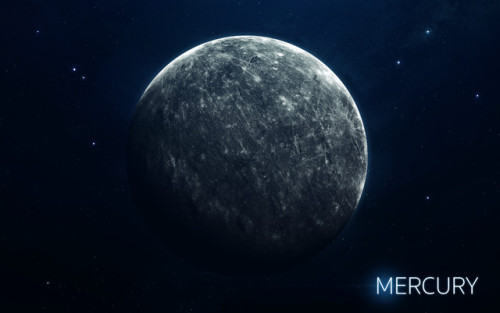
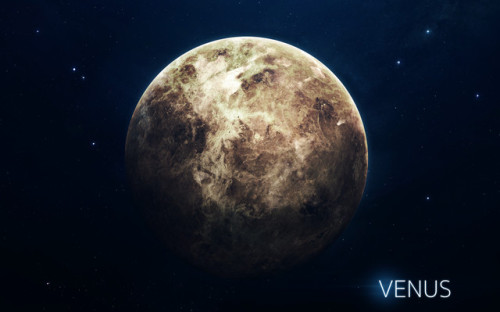
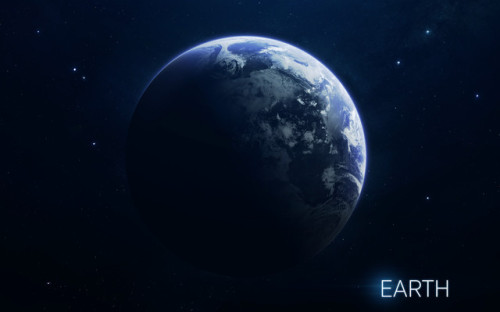
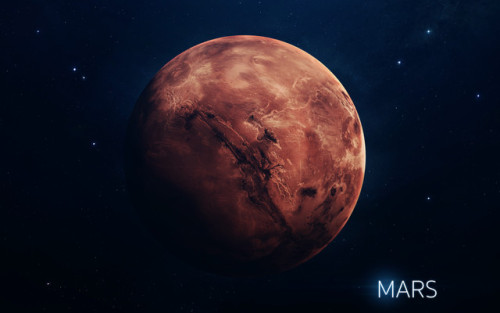
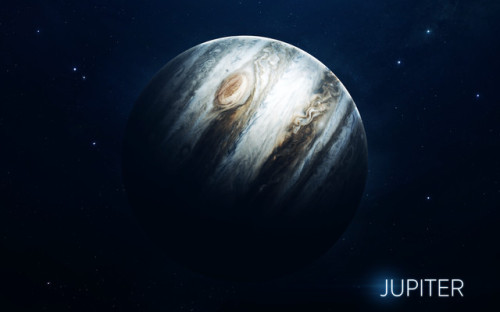

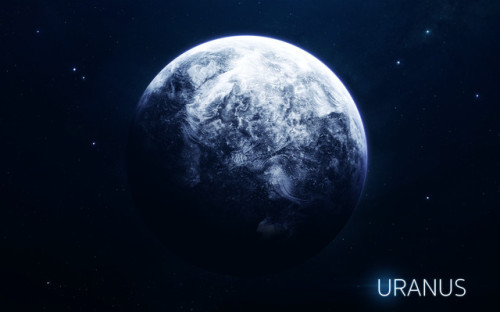
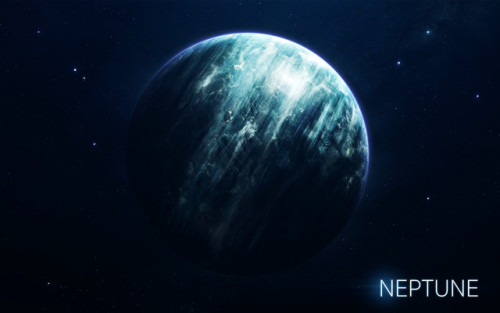
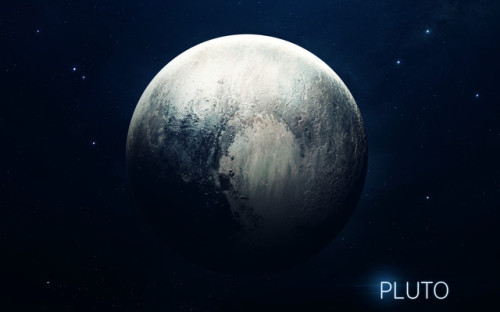
Berries - Vadim Sadovski

Estudos!
Exercitando Física Matemática!!
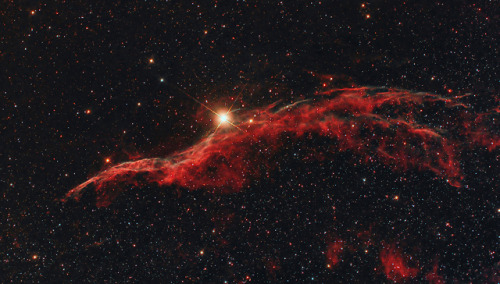
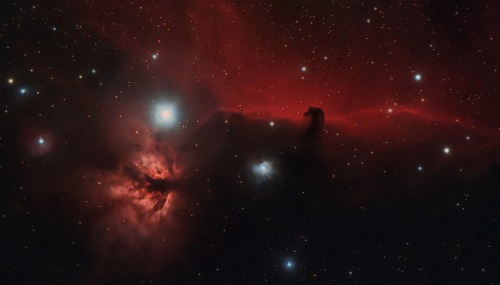
NGC 6960 (Western Veil nebula) & Horsehead Nebula and the Flame Nebula
by David Wills
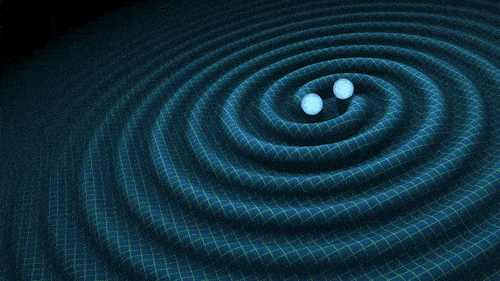
What are Gravitational Waves?
Gravitational waves are ‘ripples’ in the fabric of space-time caused by some of the most violent and energetic processes in the Universe. Albert Einstein predicted the existence of gravitational waves in 1916 in his general theory of relativity.

Einstein’s mathematics showed that massive accelerating objects (such as neutron stars or black holes orbiting each other) would disrupt space-time in such a way that ‘waves’ of distorted space would radiate from the source (like the movement of waves away from a stone thrown into a pond). Furthermore, these ripples would travel at the speed of light through the Universe, carrying with them information about their cataclysmic origins, as well as invaluable clues to the nature of gravity itself.
The strongest gravitational waves are produced by catastrophic events such as colliding black holes,

the collapse of stellar cores (supernovae), coalescing neutron stars or white dwarf stars, the slightly wobbly rotation of neutron stars that are not perfect spheres, and the remnants of gravitational radiation created by the birth of the Universe itself.

hough gravitational waves were predicted to exist in 1916, actual proof of their existence wouldn’t arrive until 1974, 20 years after Einstein’s death. In that year, two astronomers working at the Arecibo Radio Observatory in Puerto Rico discovered a binary pulsar–two extremely dense and heavy stars in orbit around each other. This was exactly the type of system that, according to general relativity, should radiate gravitational waves. Knowing that this discovery could be used to test Einstein’s audacious prediction, astronomers began measuring how the period of the stars’ orbits changed over time. After eight years of observations, it was determined that the stars were getting closer to each other at precisely the rate predicted by general relativity. This system has now been monitored for over 40 years and the observed changes in the orbit agree so well with general relativity, there is no doubt that it is emitting gravitational waves.

Since then, many astronomers have studied the timing of pulsar radio emissions and found similar effects, further confirming the existence of gravitational waves. But these confirmations had always come indirectly or mathematically and not through actual 'physical’ contact.
That was the case up until September 14, 2015, when LIGO, for the first time, physically sensed distortions in spacetime itself caused by passing gravitational waves generated by two colliding black holes nearly 1.3 billion light years away! LIGO and its discovery will go down in history as one of the greatest human scientific achievements.

How are gravitational waves detected?
When a gravitational wave passes by Earth, it squeezes and stretches space. LIGO can detect this squeezing and stretching. Each LIGO observatory has two “arms” that are each more than 2 miles (4 kilometers) long. A passing gravitational wave causes the length of the arms to change slightly. The observatory uses lasers, mirrors, and extremely sensitive instruments to detect these tiny changes. Watch the animation below to see how this works!

Lucky for us here on Earth, while the origins of gravitational waves can be extremely violent, by the time the waves reach the Earth they are millions of times smaller and less disruptive. In fact, by the time gravitational waves from the first detection reached LIGO, the amount of space-time wobbling they generated was thousands of times smaller than the nucleus of an atom! Such inconceivably small measurements are what LIGO was designed to make. To find out how LIGO can achieve this task, visit LIGO’s Interferometer.
Source: LIGO & spaceplace.nasa.gov
Image credit: LIGO/VIRGO (SXS, the Simulating eXtreme Spacetimes) & NASA/Goddard Space Flight Center
Se um dia a água percolou pela superfície de Marte, talvez, o Mawrth Vallis, seja uma das melhores feições que podem guardar os segredos dessa época remota do Planeta Vermelho.
O vale na verdade é um extenso canal com 600 km de comprimento, cercado por paredes com 2 km de altura.
Esse clássico canal, fica localizado na região de divisa entre as terras altas do sul e as planícies do norte marciano.
Esse belo vídeo, usa os dados da sonda Mars Express, para nos levar numa viagem pelo Mawrth Vallis.
A viagem começa na boca do canal que fica na Chryse Planitia e segue em direção a aparente fonte do canal que fica em Arabia Terra.
O platô com seus 4 bilhões de anos é caracterizado pela grande quantidade de crateras de impacto, indicando a elevada idade.
A sonda Mars Express mostra em zoom manchas mais claras e mais escuras pela superfície de Marte.
As manchas claras são camadas de sedimentos que estão entre os maiores afloramentos de minerais argilosos em MArte. A sua presença é a pista fundamental que nos diz que no passado a água líquida esteve presente nessa região.
A variedade de minerais aquosos, e a possibilidade de que essa região possa conter um registro de um antigo ambiente habitável em Marte, levou os cientistas a proporem o MAwrth Vallis como candidato para o pouso do rover da ExoMars 2020.
Esse nome estranho, Mawrth é na verdade a palavra galesa para Marte e Vallis, o latim para Vale, ou seja, o Vale de Marte.
A sonda Mars Express possui uma câmera estéreo que consegue fazer essas projeções tridimensionais juntamente com um modelo digital de terreno de Marte.
Espero que curtam a viagem!!!
(via https://www.youtube.com/watch?v=6JlG2OoReGA)
There’s Going to Be an Outburst!
Watch the Perseid Meteor Shower at Its Peak Tonight

The last time we had an outburst, that is a meteor shower with more meteors than usual, was in 2009. This year’s Perseid meteor shower is predicted to be just as spectacular starting tonight!
Plan to stay up late tonight or set your alarm clock for the wee morning hours to see this cosmic display of “shooting stars” light up the night sky. Known for it’s fast and bright meteors, tonight’s annual Perseid meteor shower is anticipated to be one of the best meteor viewing opportunities this year.
For stargazers experiencing cloudy or light-polluted skies, a live broadcast of the Perseid meteor shower will be available via Ustream overnight tonight and tomorrow, beginning at 10 p.m. EDT.

“Forecasters are predicting a Perseid outburst this year with double normal rates on the night of Aug. 11-12,” said Bill Cooke with NASA’s Meteoroid Environments Office in Huntsville, Alabama. “Under perfect conditions, rates could soar to 200 meteors per hour.”
Every Perseid meteor is a tiny piece of the comet Swift-Tuttle, which orbits the sun every 133 years. When Earth crosses paths with Swift-Tuttle’s debris, specks of comet-stuff hit Earth’s atmosphere and disintegrate in flashes of light. These meteors are called Perseids because they seem to fly out of the constellation Perseus.
Most years, Earth might graze the edge of Swift-Tuttle’s debris stream, where there’s less activity. Occasionally, though, Jupiter’s gravity tugs the huge network of dust trails closer, and Earth plows through closer to the middle, where there’s more material.
This is predicted be one of those years!
Learn more about the Perseids!
Make sure to follow us on Tumblr for your regular dose of space.
